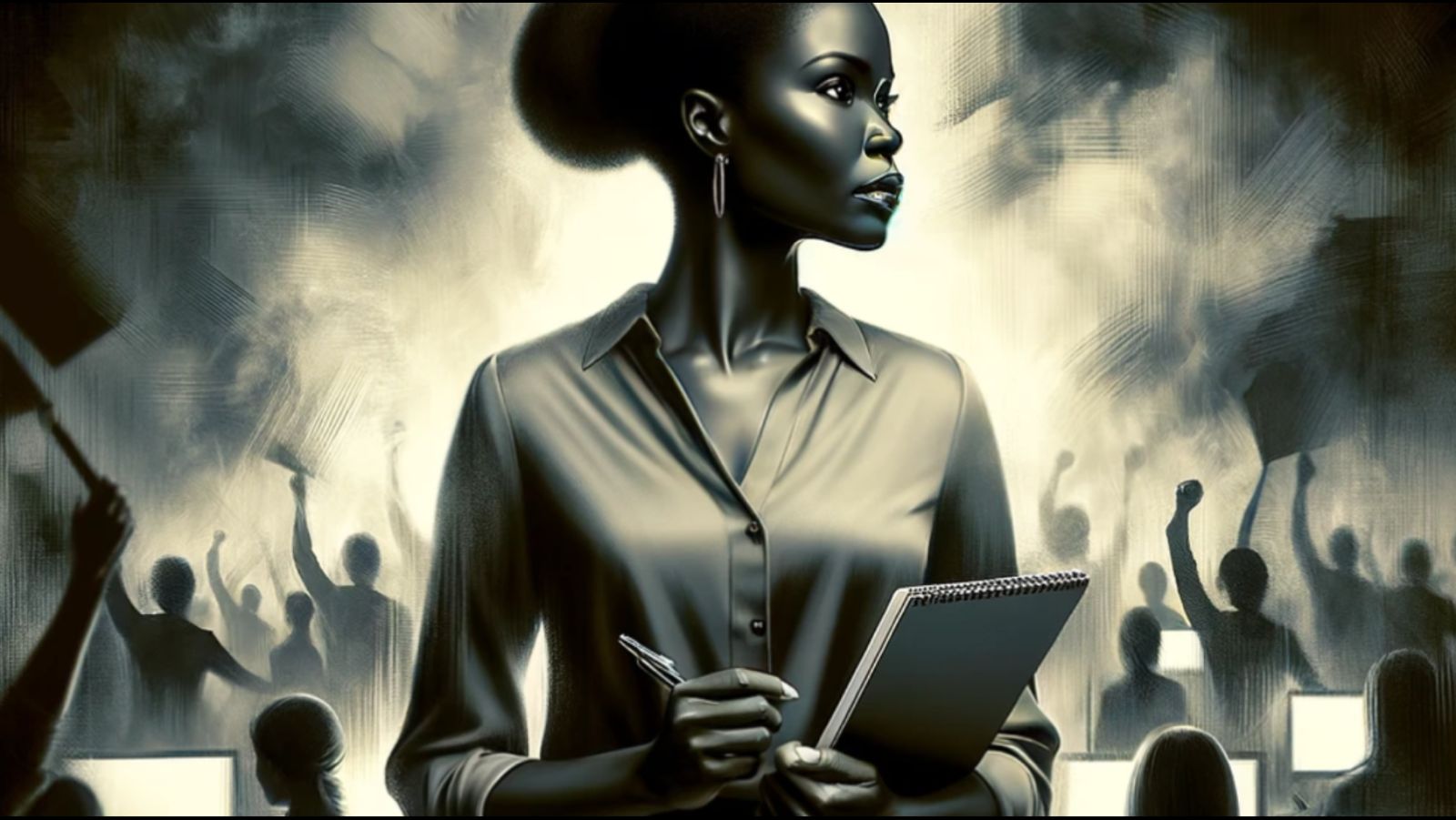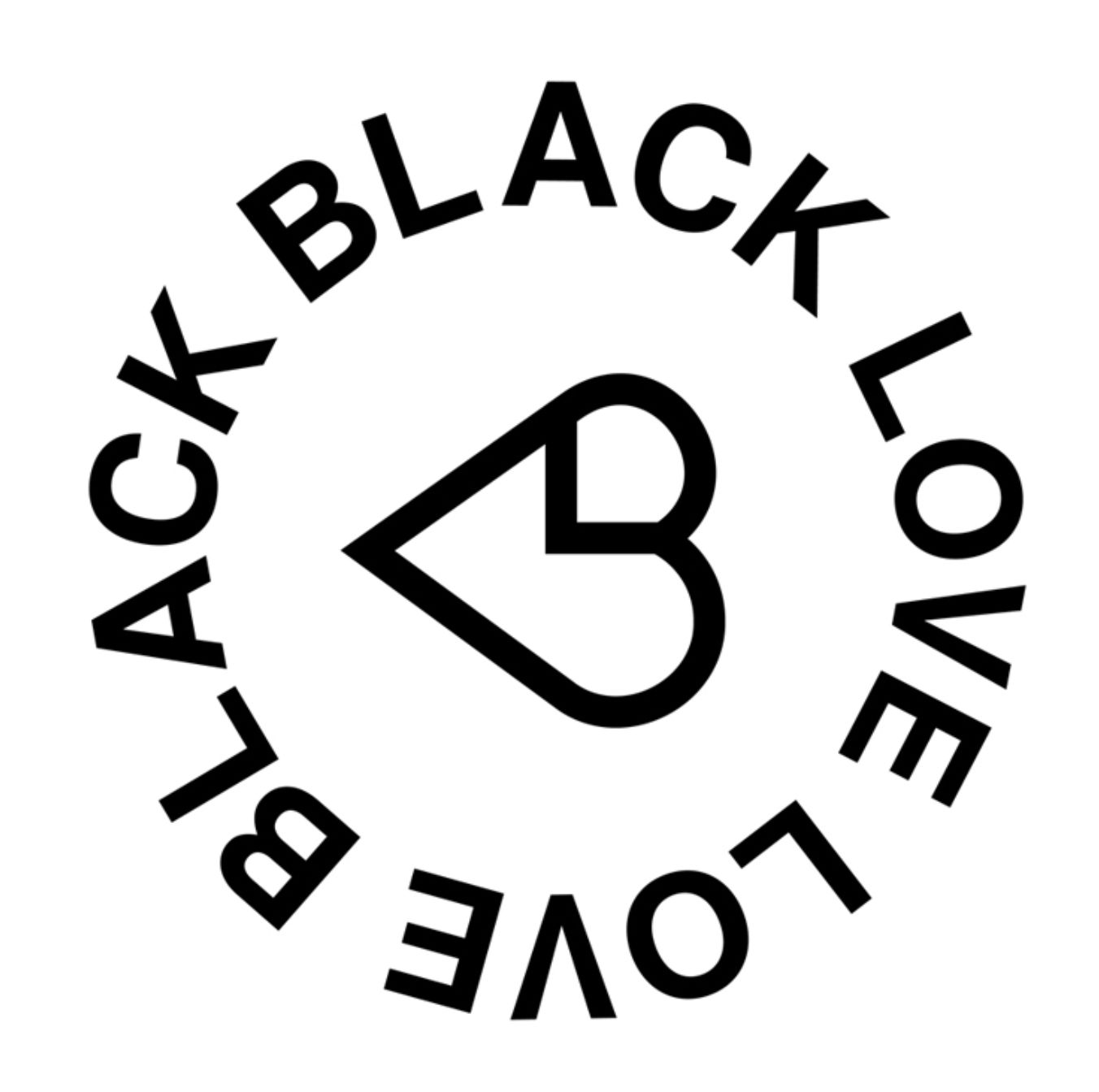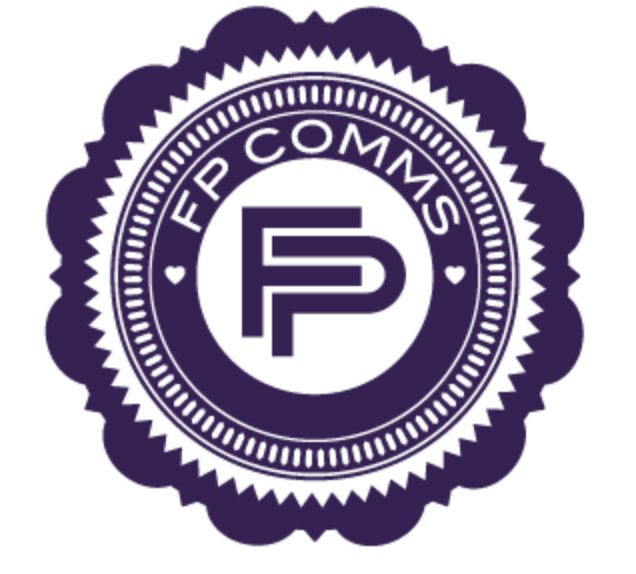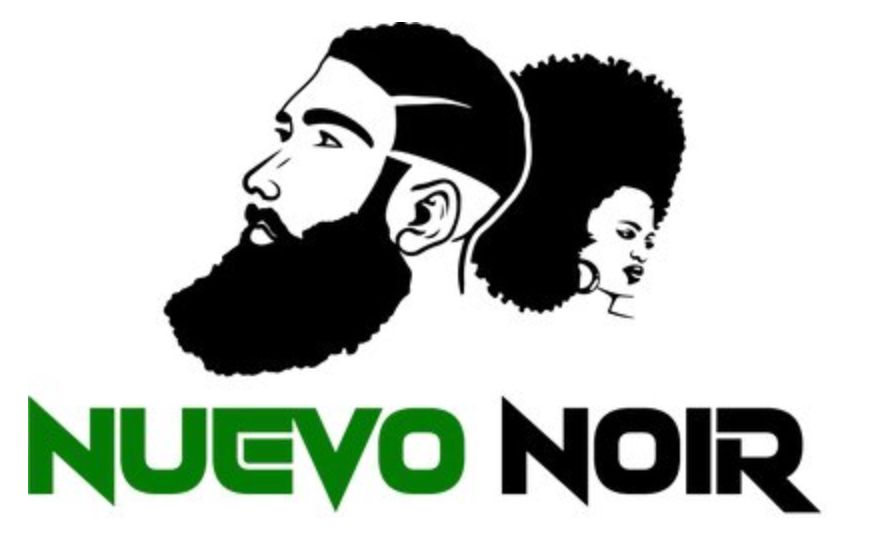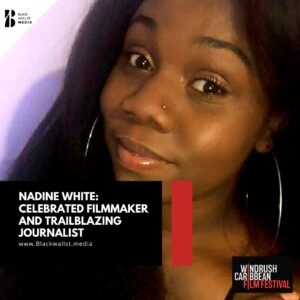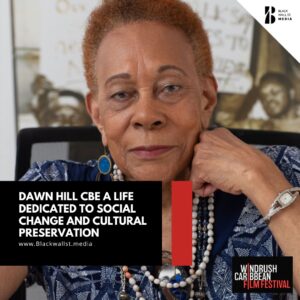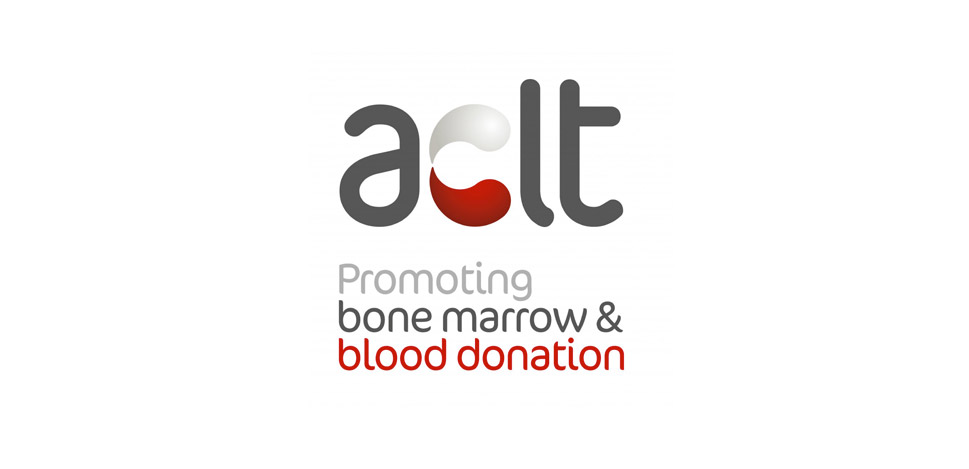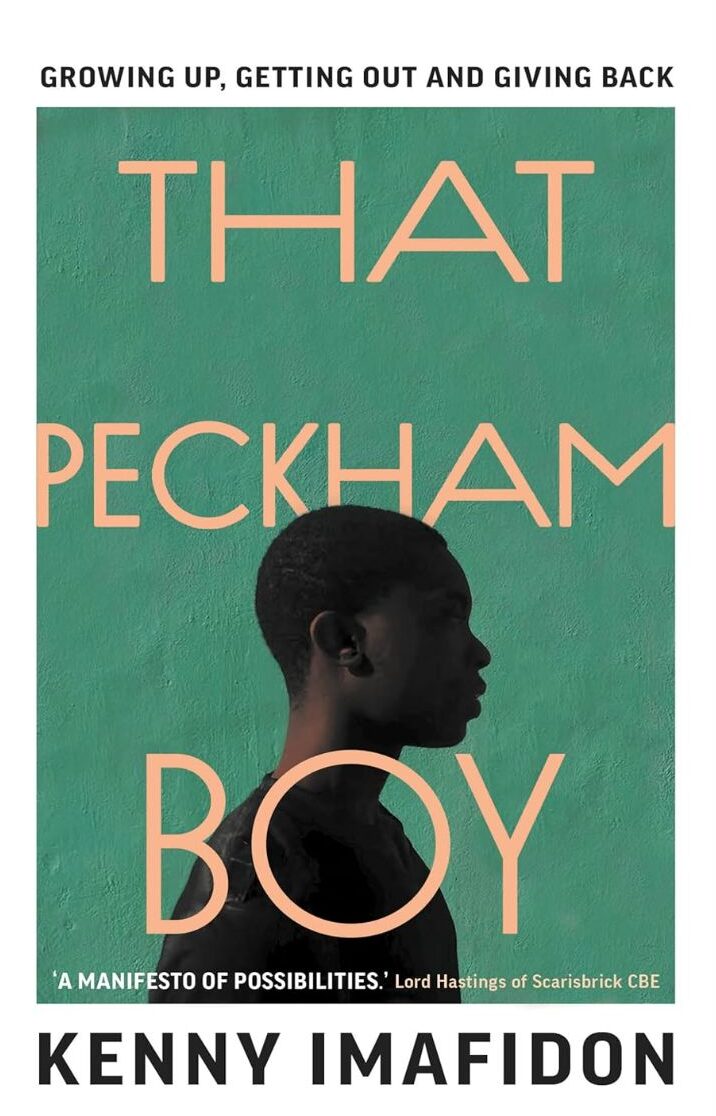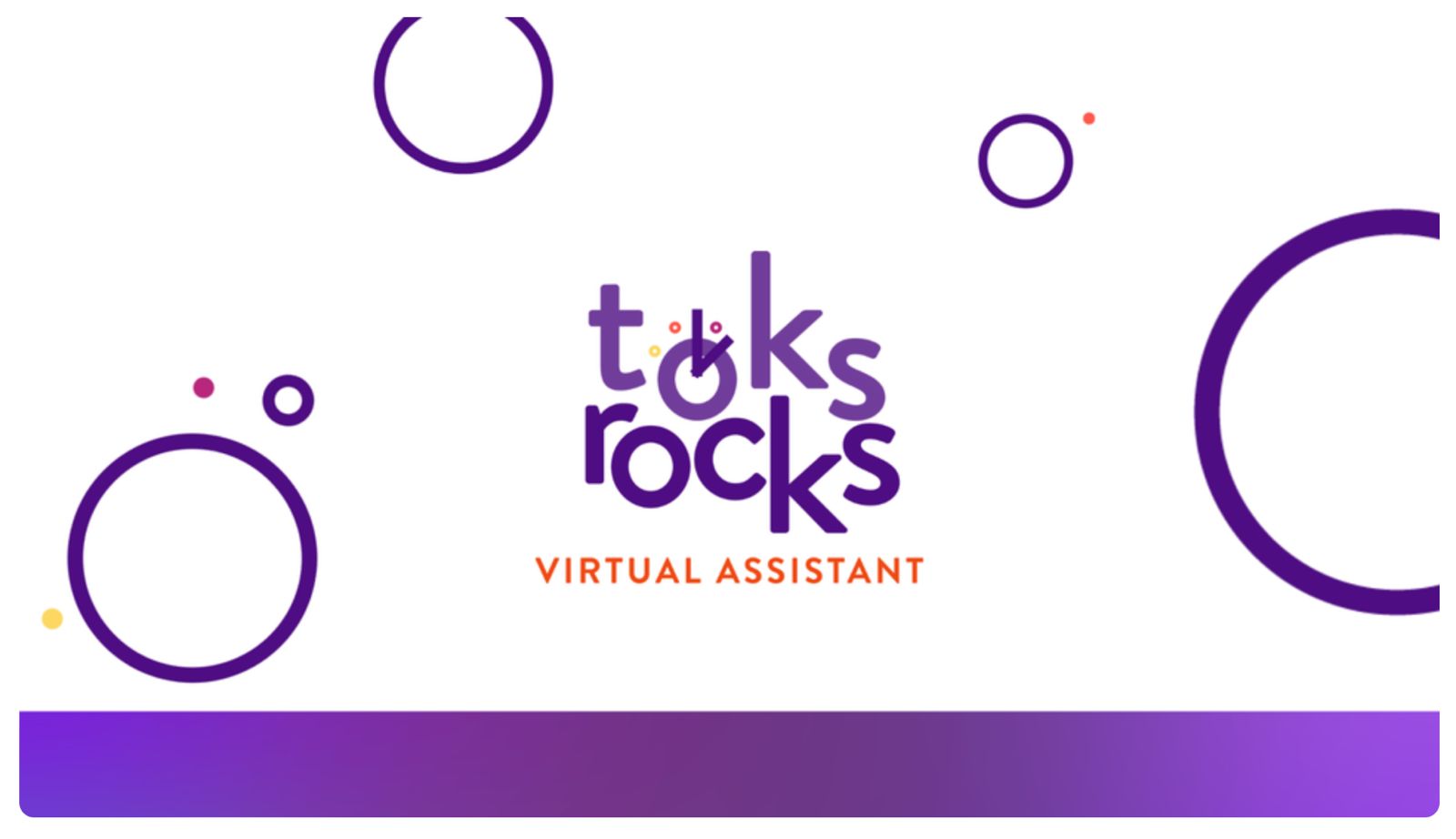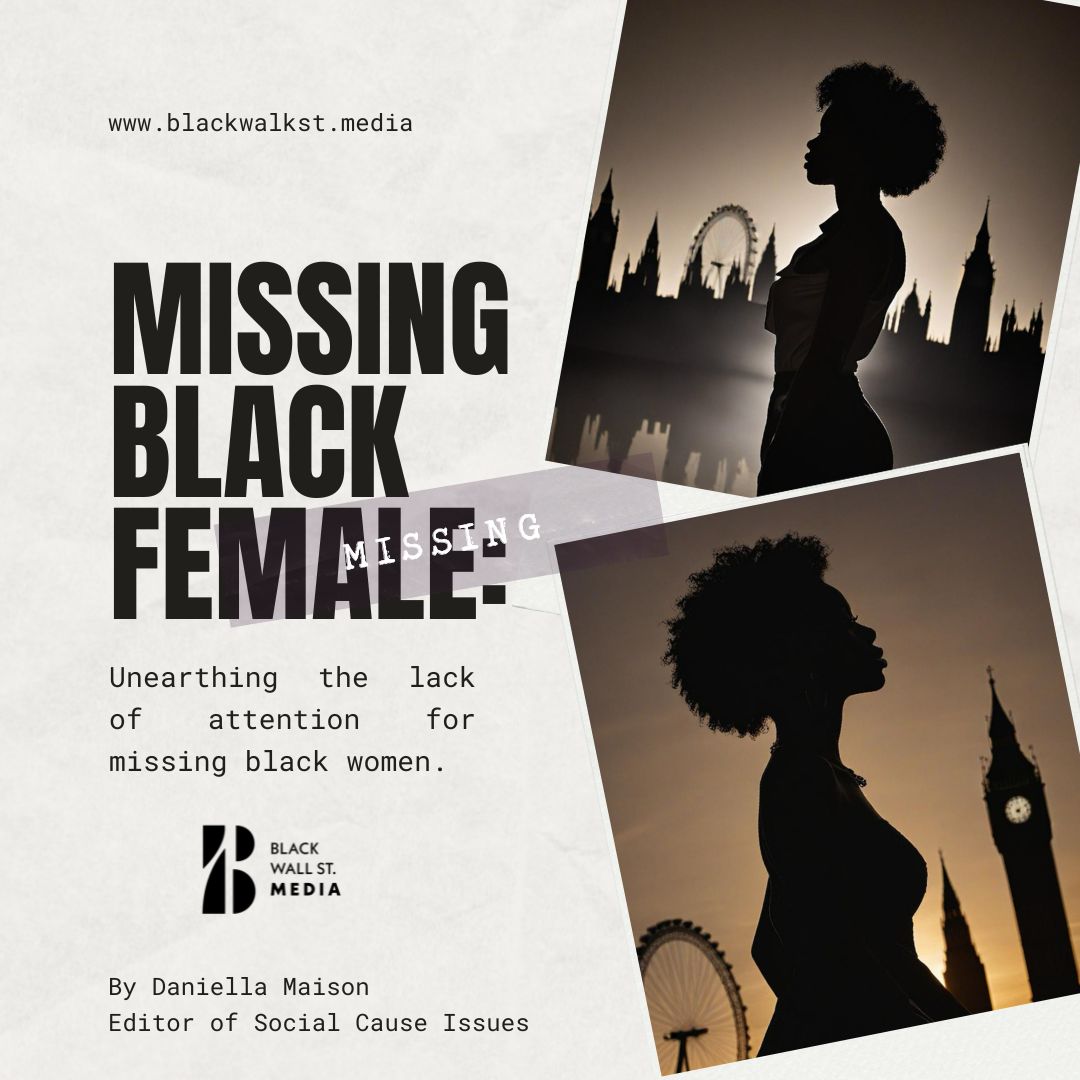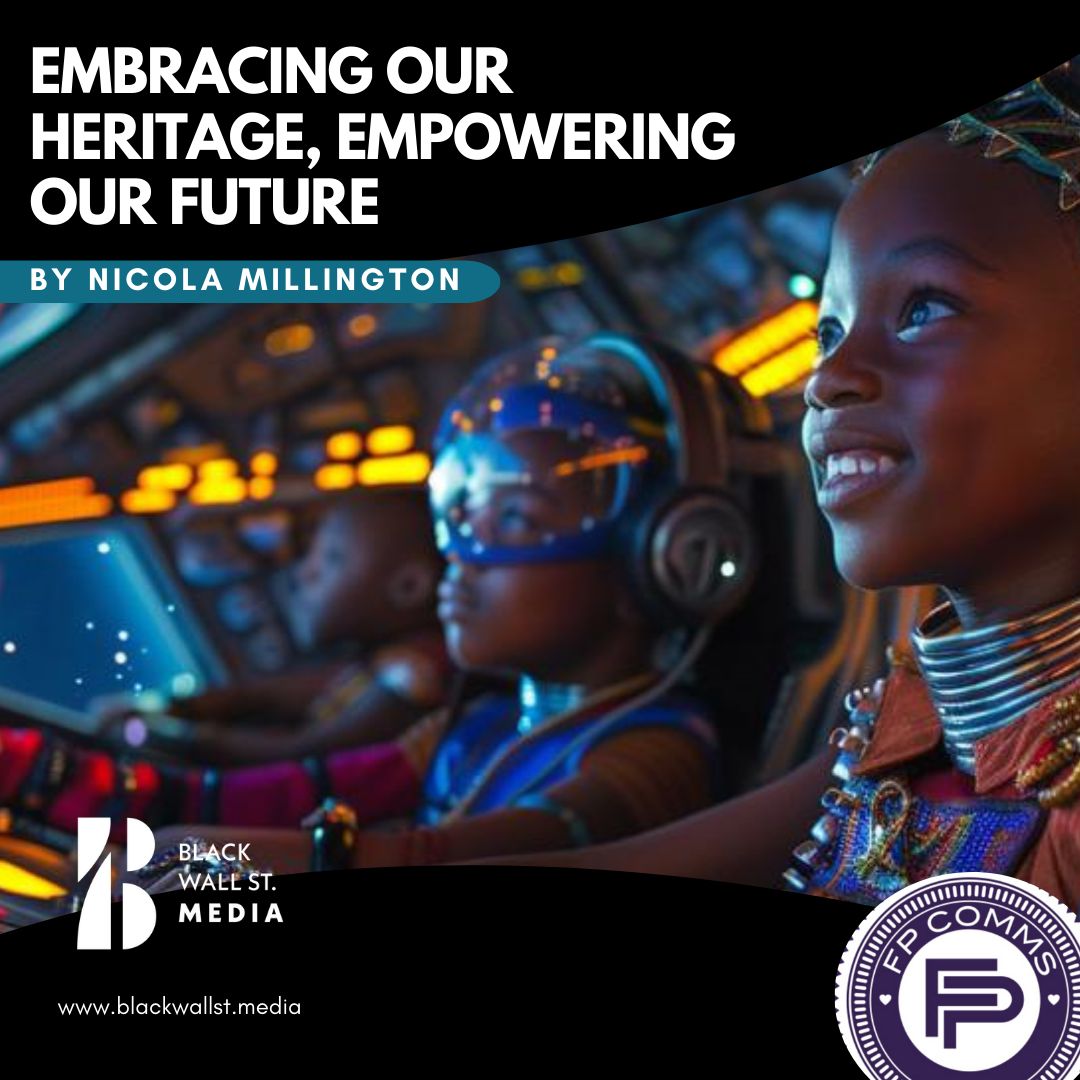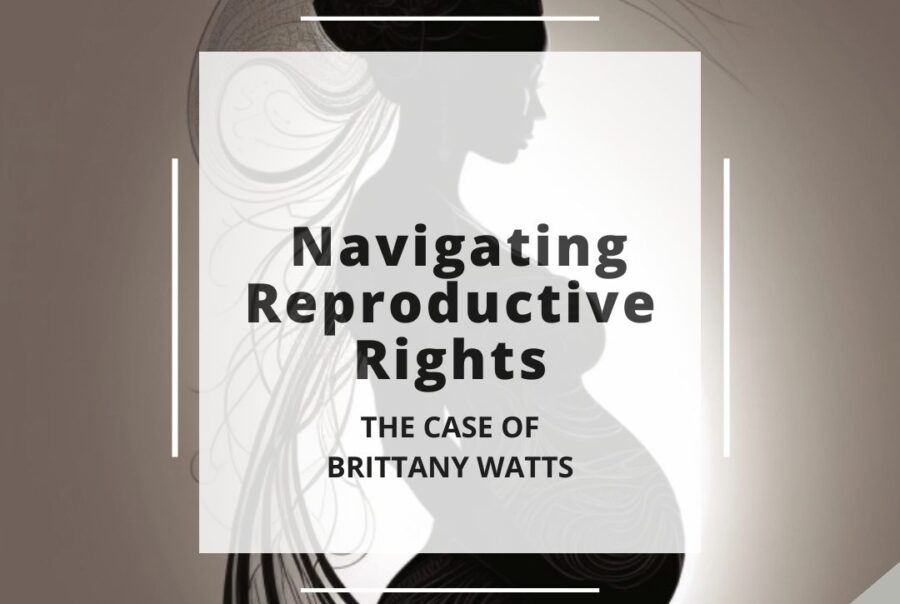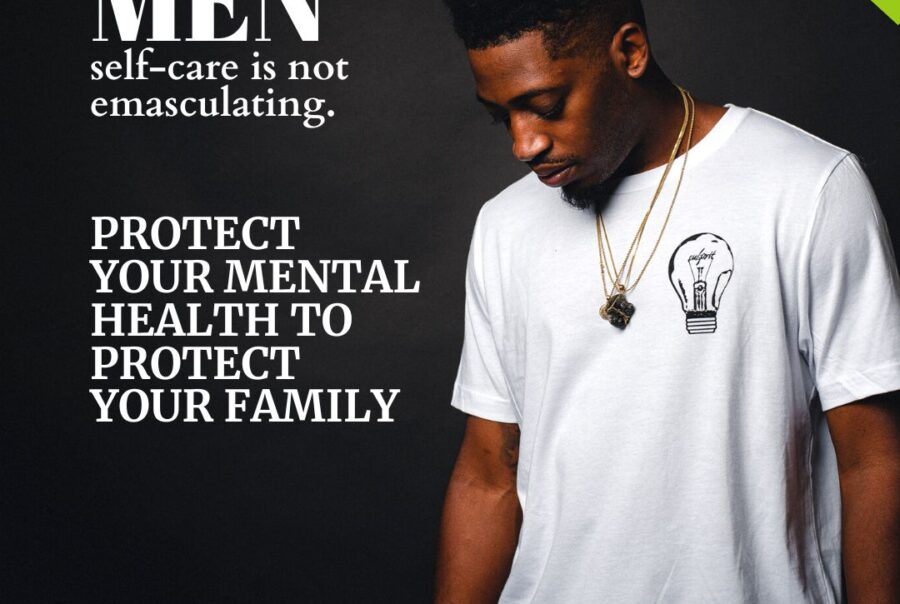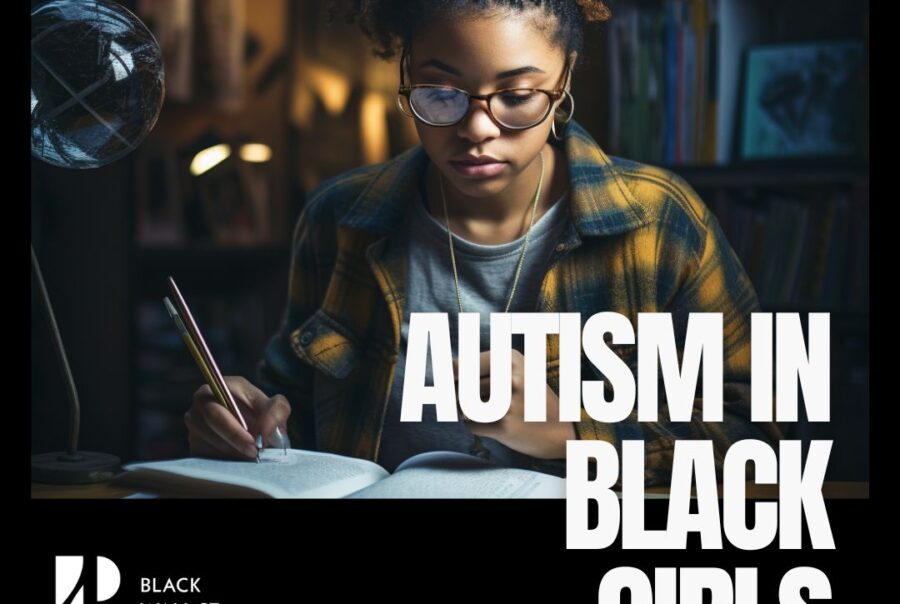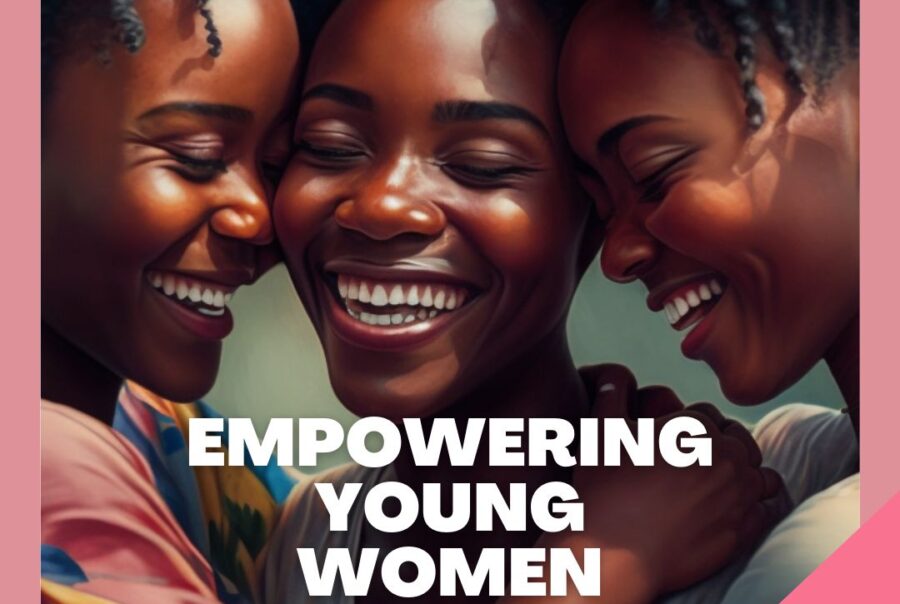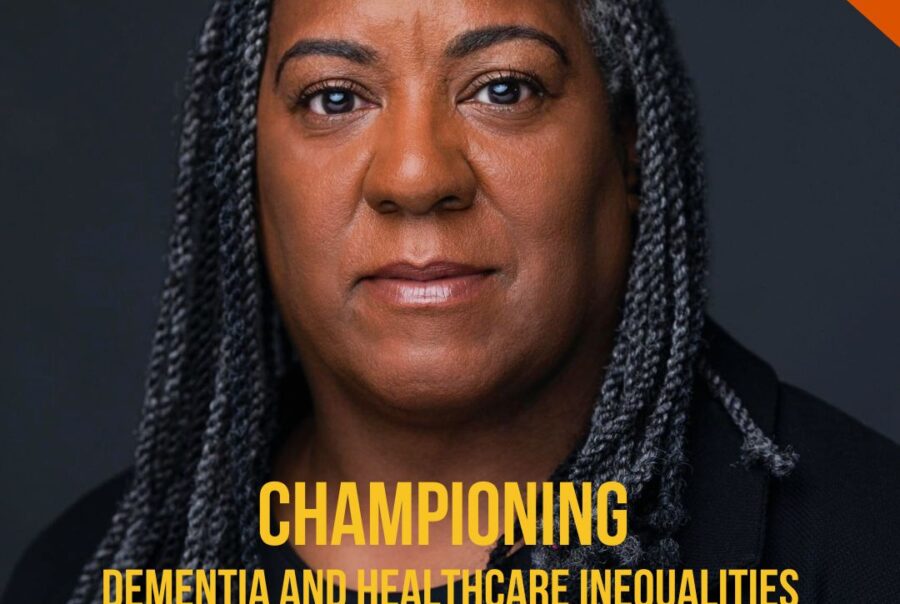Academic/Workplace Advocacy
The Exit Interview I Never Had: Words from a Black Woman Who Survived Workplace Harm
“Shining a Light on Academic Injustice!. From Harvard's leadership upheaval to the tragic deaths of Black women presidents, the struggles and systemic issues persist. Join us in reflecting on the challenges faced by Black women leaders in higher education, the impact on the U.S. workforce, and the urgent need for change.”
Dr. Monica CoxContributor
I’m reposting my thoughts from a 2021 Medium article I wrote given the recent controversy and resignation of Harvard University president Dr. Claudine Gay, the unexpected deaths of Black women presidents Dr. Joanne Epps and Dr. Montague as they served their terms, and the recent suicide of Dr. Antoinette “Bonnie” Claudia-Bailey after making claims of harassment and bullying in her role as Vice President of Student Affairs at Lincoln University.
My colleague, Dr. Anna Branch, with whom I served on an advisory board for the University of Massachusetts’ National Science Foundation ADVANCE program wrote an eloquent pieceabout each of these occurrences and the exodus of Black women in higher education along with its impact on the U.S. workforce.
On February 18, 2021, I wrote an exit interview post one year after I was not reappointed as a department chair where I served as an inaugural leader in 2016. It is a companion piece to a previous Stop Playing Diversity newsletter post where I shared how I knew my department chair experience wouldn’t end well.
As you read this post, reflect on the role you would have played in the scenario. Would you have spoken up or said anything? Why or why not?
February 18, 2021
This week marks the one-year anniversary of my not being reappointed as department chair in my organization. I vividly remember the details of that afternoon meeting, which was framed within the context of a mid-year administrative review but ended with an announcement that I would not be reappointed in my administrative position for a patriarchal reason that still makes no sense to me.
Maybe I would have been okay with this decision if I had not asked the organization to put measures in place to address issues of racism and sexism, two areas that people didn’t want to call out explicitly and publicly despite evidence that something was abnormally wrong with the dynamics in the organization and with my ability to address issues as they needed to be addressed. The problems were obvious to many, yet nothing was done in ways to address those “isms” and to create sustained changes.
Maybe I would have felt better if the evaluation of my performance during the last year of my term had not occurred at an open faculty meeting (I wasn’t there, thank goodness!) where I heard that people felt as if they had to defend me or had to hear complaints about my social media activity.
Maybe I would have been okay if I hadn’t heard that someone had cried at the end of the meeting or that a woman of color in the organization was thinking of quitting after seeing how hateful people were toward me and my leadership.
To know that that meeting got out of hand and that people were that hateful spoke volumes. I wasn’t surprised, however, because every day was hell. It had been that way weeks after I started the job in 2016.
Yes, there were advocates, but the haters were vicious and manipulative. As one of my colleagues put it, it wasn’t just disagreeing, it was attacking me as if to break me. This hate was chronic. It kept me up at night. If it wasn’t one person, it was another. There was always someone who wanted to fight. These actions wore on me day after day. My husband saw the weight of this environment on me, and I felt it during my high-risk pregnancy.
Being a leader in this organization was intense, yet I was determined I would not be defeated in a system that didn’t offer me the support I needed to succeed in it. In hindsight, people said they didn’t know how to support me. They said they didn’t know what support looked like, yet I laid out bold expectations that required shifts in processes, organizational structure, and mindsets. (Looking back, it seems that this support system should have been laid out before my arrival and before I was recruited, but that’s another story for another day.)
Although the atmosphere was terrible, I was determined not to give up. I earned that position. I moved my family to this new city. I was bigger than defeat. I had never been a quitter, but was it worth it?
Sure, the right people listened, but there was no action, at least not in ways that stopped the pain. There was no ownership of the root of the problems, and there wasn’t any urgency to make bold moves that would begin to dismantle the systemic racism that was at the heart of the organization before my arrival. At the end of my conversations with any number of leaders, I felt as if I was thrown back into a pit to solve problems that many denied were problems and to face hate that organizational leaders would not address directly.
At times, my mind tried to play tricks on me. Was I seeing what I thought I saw? Was this environment real? If so, why didn’t people say anything? Why didn’t they do anything? After all, many organizational conversations lauded how many women were leaders in the organization.
People of color were not as prevalent in those leadership numbers, however. What I realized was that diversity was limited in scope and that equity and inclusion were often omitted from the diversity, equity, and inclusion (DEI) discussion. DEI had become bean-counting and optics, a performative action that caused harm in its delivery yet offered no way to engage in meaningful conversations to address hurts. It was a cycle of pain that never stopped.
What I learned soon enough was that to remain in positions of leadership, women of color had to be excellentand conforming. I hoped that collectively, members of the organization could work with me to identify ways for us to confront behaviors that sabotaged my leadership and caused unnecessary drama and stress. (I missed that memo when I was hired, but I received it loud and clear when I was not reappointed.)
At times, this place felt like a high-end prison where innovation was allowed for research and student projects but where questions about inequities in the workplace resulted in swift punishment that moved people to the fringes of the organization. People who dared oppose or question the system were silenced and made examples of so no one else dared speak up. This culture caused pain to majority and minoritized people who were too afraid to say anything for fear of retribution. In this way, the organization did not represent the big DEI messages it proclaimed.
Being in an environment like that for years was painful because it made me feel as if it was my fault for the trauma that I experienced. I had to seek counseling to work that out, and what I know now is that even if no one ever speaks up, something about the experience was wrong. Workplaces were not supposed to be that toxic.
What I signed up for was not what I saw. What happened to me was reminiscent of the plantation and slaves who were not granted freedom because they dared want freedom. This reminded me of people in the U.S. Civil Rights era who wanted equity and equality and who marched and participated in sit-ins until they gained rights promised to them by the U.S. Constitution.
I had never seen anything like this in my lifetime, and I wanted to know what policies and processes existed to address what I experienced. No one answered or had answers that made sense. To this day, I am perplexed at the lack of courage people displayed in the face of situations they said were not right and crossed boundaries beyond written policies.
It takes a lot to be brave, and I realize that of all the education people receive, courage and activism in the face of doing right isn’t common.
There’s a script for situations like the one I encountered. I was supposed to be removed from the position and look for a job elsewhere. If I remained silent and compliant, I could get a decent reference from my supervisor and my family, and I might move to a new place and start over.
I decided to flip the script. I refused that reference because there was a deeper issue at play. I expected that verbal DEI organizational contract to be real. I became an activist to ensure that no other woman of color leader would suffer from the ignorance present in this organization. I collaborated with my professor colleagues to lead efforts for Black in Engineering, which has evolved to the Academic Leadership Network Inc., a nonprofit organization created through collaborative efforts of Black engineering professionals across the country.
I put myself out there in new ways, realizing I may never ascend to a new leadership position, especially in this organization. I decided I would not move my family until we were ready to move. I would lose a title and an administrative pay supplement to tell my story and to fight for others who needed me to fight for them.
One year later, a change is coming in my organization. I don’t see the fruit of my efforts as I thought I would see them, but I continue to make good trouble every day since my appointment ended in May 2020. I revisited my stance aboutplaying diversity and learned new terms such as tone policing, institutional betrayal, and whistleblower gaslighting.
This week is a bittersweet anniversary. I know my leadership potential, but I know my rights too. I am here to help academics become whole. I never want them to go through what I have gone through and to feel that they have to choose between their values and their job security.
Being able to write this article is a sign of freedom I didn’t have a year ago. For that, I am grateful.
—
Since I’ve written this article, I’ve meditated on the words of Audre Lordewho said,
“For the master’s tools will never dismantle the master’s house. They may allow us temporarily to beat him at his own game, but they will never enable us to bring about genuine change. And this fact is only threatening to those women who still define the master’s house as their only source of support.”- Audre Lorde
I’m a realist. I do not expect justice in spaces that can’t develop solid plans to address bullying and harassment at work. When people ask why I remain in organizations like this, I tell them I deserve to work in my area of expertise. As I do that I will expose oppressive policies and injustices.
I will comfort and guide people who are being ignored and brutalized in systems that don’t address the harm they cause. As long as I have the grace to do it, my disruption is having the grace to speak up and out so others can live and be safe at work.
Don’t get me wrong.
I have experienced what I call my Psalm 23 “Walk through the Valley of the Shadow of Death moments.” In these dark times, I wondered how bad situations had to get for anyone to respond to my grievances. At what point would the performative reporting measures actually work? How would I sustain my livelihood and my mental wellness as every day brought disappointment in the allies who wouldn’t speak up? How would I move among gatekeepers who manipulated the system so they wouldn’t be held accountable for their actions against Black women?
For years, I’ve shared my story of trauma on my Stop Playing Diversity podcast and in a book chapter about feminist pedagogies. I’ve written about the importance of developing equity accomplices in a workplace, especially between Black women and white women and across hierarchical positions. I’ve also branched out in my business to create a monthly subscription-based Accomplice Academy that teaches people in power how to use influence and resources to command systemic change. I post on social media every day, encouraging marginalized people to share their stories and be brave.
If you take nothing else from this post, know new systems are waiting to be built- ones where marginalized people are valued, listened to, protected, preserved, uplifted, and celebrated.
Stop seeking validation from spaces that don’t have the capacity to treat you with the humanity you deserve. Learn what you need to learn and till the land that belongs to you. Lay the foundation for a professional home where you can be safe every day.
The Stop Playing Diversity newsletter is a biweekly newsletter to start conversations about diversity, equity, inclusion, and work that should be happening but aren’t. This concept aligns with James Baldwin’s quote, “Not everything that is faced can be changed, but nothing can be changed until it is faced.”
If you enjoyed this newsletter, please share it with others who might gain value from it. The author of this newsletter is Dr. Monica Cox, a professor, entrepreneur, truthteller, and disruptor of workplace injustices.
If you want to learn how to use your influence and resources to command systemic change at work, enroll in my Accomplice Academy. For coaching, consulting, and speaking requests, fill out this engagement form.
CEO, STEMinent LLC | Distinguished Professor of Engineering at The Ohio State University | Board Member | DEI Strategist
Dr. Monica CoxContributor

